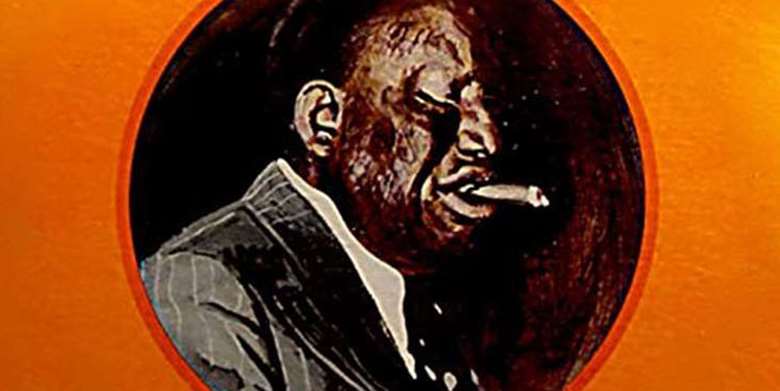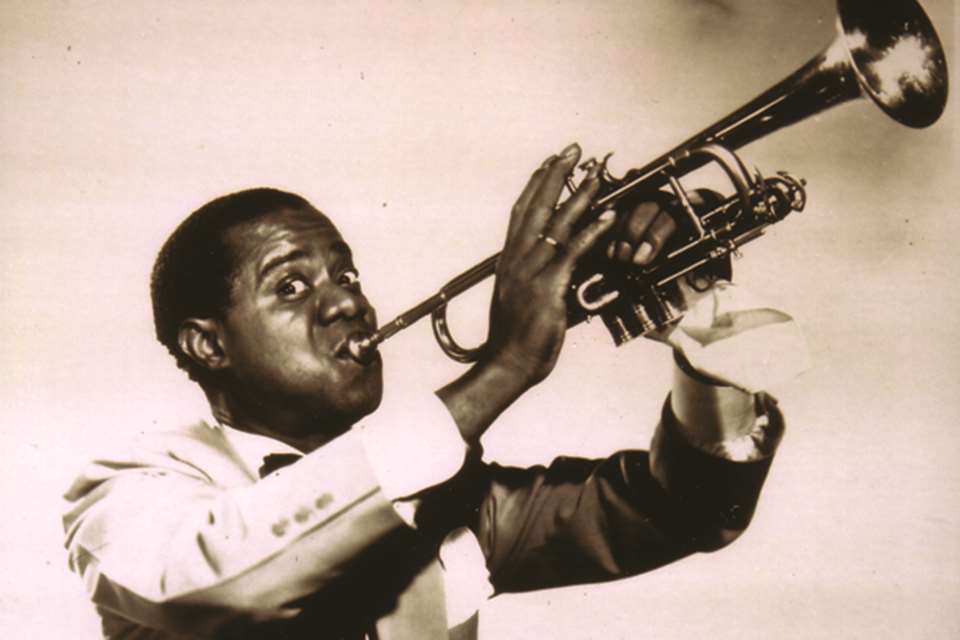The story of jazz: the early years, part 2 (1922-32)
Wednesday, September 18, 2019
From the wild, small-group jazz of Jelly Roll Morton and Bud Freeman to the birth of big bands and the arrival of Duke Ellington


Register now to continue reading

Thank you for visiting Jazzwise.co.uk. Sign up for a free account today to enjoy the following benefits:
- Free access to 3 subscriber-only articles per month
- Unlimited access to our news, live reviews and artist pages
- Free email newsletter
